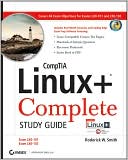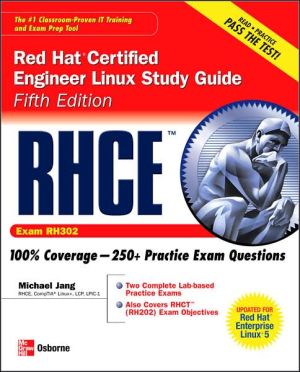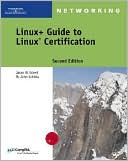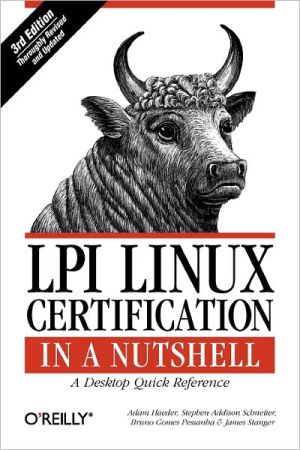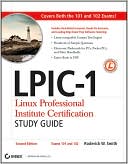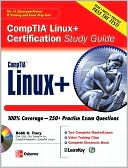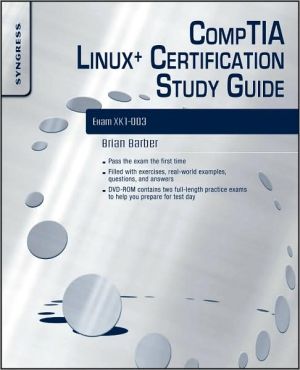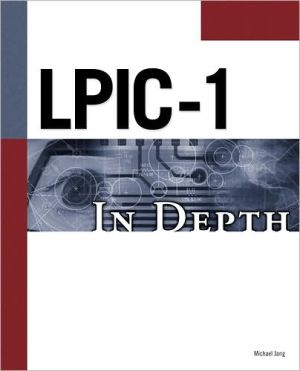CompTIA Linux+ Study Guide: Exams LX0-101 and LX0-102
Search in google:
Prepare for CompTIA's Linux+ Exams As the Linux server and desktop markets continue to grow, so does the need for qualified Linux administrators. CompTIA's Linux+ certification (Exams LX0-101 and LX0-102) includes the very latest enhancements to the popular open source operating system. This detailed guide not only covers all key exam topics—such as using Linux command-line tools, understanding the boot process and scripts, managing files and file systems, managing system security, and much more—it also builds your practical Linux skills with real-world examples. Inside, you'll find:Full coverage of all exam objectives in a systematic approach, so you can be confident you're getting the instruction you need for the examReal-world scenarios that put what you've learned into practical context Challenging review questions in each chapter to prepare you for exam dayExam Essentials, a key feature in each chapter that identifies critical areas you must become proficient in before taking the examA handy tear card that maps every official exam objective to the corresponding chapter in the book, so you can track your exam prep objective by objectiveLook inside for complete coverage of all exam objectives.SYBEX TEST ENGINETest your knowledge with advanced testing software. Includes all chapter review questions and bonus exams. Runs on both Windows and Linux.ELECTRONIC FLASHCARDSReinforce your understanding with electronic flashcards.Also on CD, you'll find the entire book in searchable and printable PDF. Study anywhere, any time, and approach the exam with confidence.Covers All Linux+ Objectives for Exams LX0-101 and LX0-102Includes Real-World Scenarios and Leading-Edge Exam Prep Software Featuring:Linux-Compatible Custom Test EngineHundreds of Sample QuestionsElectronic FlashcardsEntire Book in PDF
1 Getting Started with Linux. 2 Using Text Mode Commands. 3 Managing Processes and Editing Files. 4 Managing System Services. 5 Managing Users. 6 Managing Disks. 7 Managing Packages and System Backups. 8 Configuring Basic Networking. 9 Configuring Advanced Networking. 10 Configuring Network Servers. 11 Configuring Network Servers II. 12 Securing Linux.
